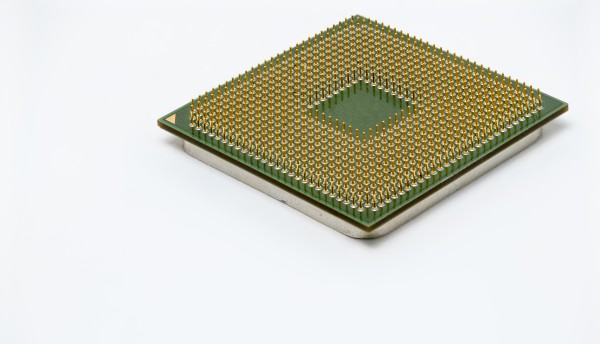
On Oct. 13, the Dutch government took control of Nexperia, a semiconductor manufacturer owned by mainland China's Wingtech.. This intervention aims to safeguard critical technological capabilities in the Netherlands and Europe, as approximately 80% of Nexperia's production capacity is based in mainland China, raising alarms about potential supply chain disruptions in the automotive industry.
Who is exposed?
While German original equipment manufacturers have been the first to raise the alarm, OEMs across all regions, including North America, Japan and South Korea, are at risk due to their reliance on Nexperia's components.
S&P Global Mobility reviewed recent teardowns across some 100 light vehicles. Every vehicle analyzed uses dozens to hundreds of Nexperia chips. However, not all OEMs will have equal exposure because of their specific sourcing strategies and supplier relationships.
Due to the nature of Nexperia’s parts (standard logic and small discrete units) that are required on nearly every printed circuit board (PCB) — across all domains from powertrain to infotainment, to comfort electronics and advanced driver assistance systems — the vehicles that have the highest number of Nexperia’s parts are those with the highest electronics content, which are explicitly:
- Electric vehicle startups (including mainland Chinese EV startups)
- Premium German OEMs
- Flagship EV vehicles from traditional OEMs, including South Korean OEMs
Vehicles with the fewest Nexperia parts are those competing in small and economy segments, which typically have less electronic content, independent of region.
Separately, S&P Global Mobility's own research has found that, on average, European-built vehicles include at least 2,000 discrete and standard logic parts and up to 600 of those could be parts from Nexperia. Due to the diminutive nature of many of their components many of its products simply would not register in a typical teardown exercise.
When could the first disruption to car production come?
There are reports that some tier 1 suppliers will run out of Nexperia parts as early as next week.
Our sources indicate that the current inventory in the industry should enable most suppliers to go through to the end of October. This assessment does not include possible inventory at distributors.
Past that date, if there is no political resolution to the dispute between the Dutch and mainland China authorities, disruption among tier 1 suppliers could worsen.
What can tier 1 electronics suppliers do?
- Tier 1 suppliers are working on contingency plans
- If they already have a second source in place, they activate it
- If they do not, they are looking for alternate suppliers for Nexperia’s parts, such as Onsemi or Infineon for diodes, Texas Instruments for standard logic units, etc. As Nexperia’s parts are standard components, they can be much more easily substituted than application-specific chips or microcontrollers.
- Nexperia’s new Dutch CEO sent its customer a letter on October 9th involking “force majeure” which means the company may not be held liable for failing to meet its contractual obligations. Under this term, a Tier 1 can propose to an OEM that the Tier 1 takes alternative parts from another chip supplier so that they can continue to supply ECUs. However the liability for this change is not on the chip supplier If the OEM declines. The Tier 1 may not be able to ship ECUs but the costs associated with that would be shared between the OEM and the Tier 1 and may not be passed along to Nexperia because of the involving of “force majeure”.
While Nexperia’s parts are easier to “drop in and replace” than system-on-a-chip (SoC), microcontroller units (MCUs) or application-specific devices, Nexperia’s broad portfolio adds complexity in the management of this substitution. It is unlikely that tier 1 suppliers or OEMs will be successful in finding a single alternative supplier for all of Nexperia’s parts; they will have to locate different suppliers for the various diodes, transistors, electrostatic discharge (ESD) protection devices, standard logic, and more.
Finally, S&P Global Mobility expects that stockpiling, which occurred in the 2021 chip crisis and amplified the shortage, could happen again as tier 1 suppliers and OEMs are likely to be on the hunt — buying all small discrete and standard logic parts from alternate suppliers that they can, building inventory where they can, and sometimes accumulating parts that will not match immediate needs. In short, panic buying — like in 2021 — could amplify and extend the critical situation.
Is this a full-blown supply crisis? It is too soon to tell, but currently, it is not. As the cause of the situation is political, it could theoretically be solved quickly without the need for expanding supply capacity. The longer it takes to resolve, the greater the likelihood of this becoming a broader-based crisis.








